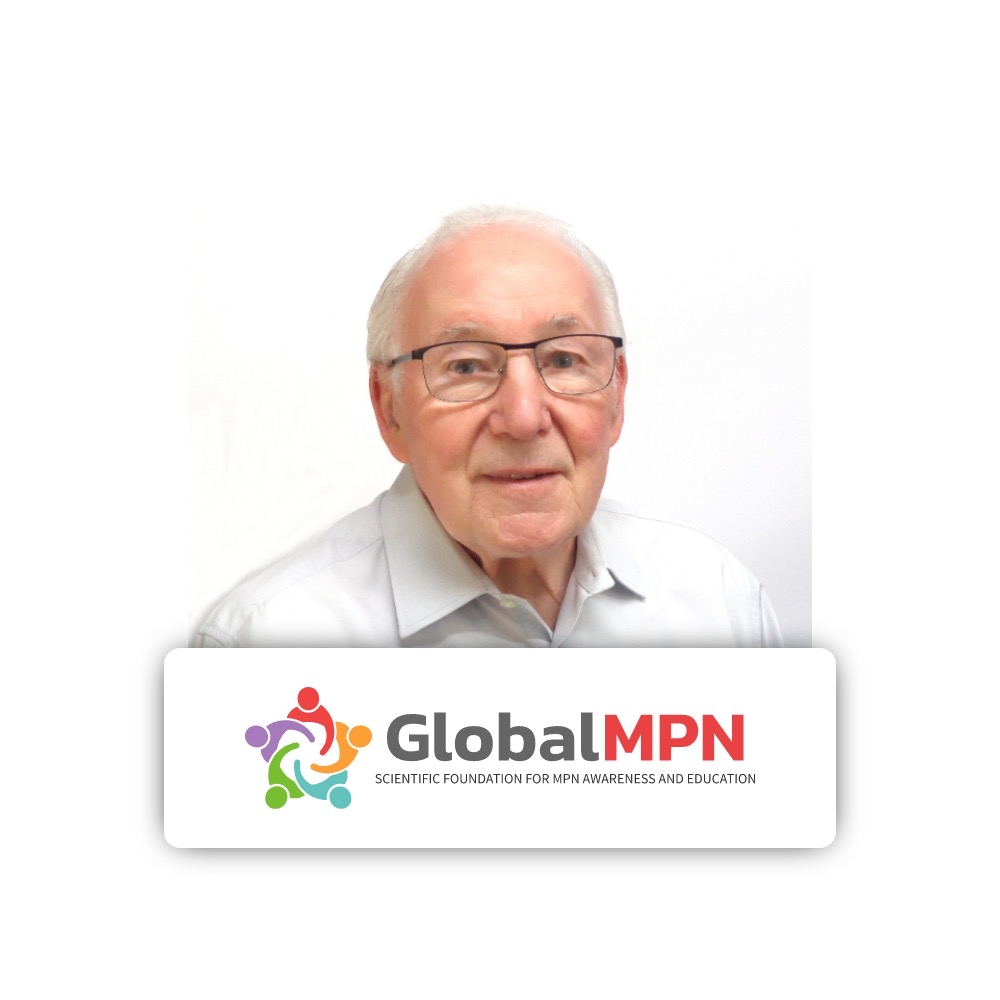MPN stats - How many people are like me?
- Global Mpn Scientific Foundation
- May 10, 2023
- 2 min read
If you have a myeloproliferative neoplasm (MPN), you might wonder how common your condition is and how many people share your diagnosis. MPNs are a group of rare blood cancers that affect the production of blood cells in the bone marrow.

There are three main types of MPNs: polycythemia vera (PV), essential thrombocythemia (ET), and myelofibrosis (MF).
According to the MPN Research Foundation, about 300,000 people in the United States have an MPN. The most common types of MPN are polycythemia vera (PV), essential thrombocythemia (ET), and myelofibrosis (MF). The incidence and prevalence of MPNs vary by type, age, gender, and ethnicity.
PV is the most common type of MPN, accounting for about half of all cases. PV causes the bone marrow to make too many red blood cells, leading to blood clots, strokes, heart attacks, and other complications. PV affects about 2 out of 100,000 people annually in the United States, which is more common in men than women. The average age at diagnosis is 60 years.
ET is the second most common type of MPN, accounting for about a third of all cases. ET causes the bone marrow to make too many platelets, leading to blood clots and bleeding problems. ET affects about 1.5 out of 100,000 people annually in the United States, which is more common in women than men. The average age at diagnosis is 50 years.
MF is the least common type of MPN, accounting for about a fifth of all cases. MF causes the bone marrow to make abnormal blood cells and scar tissue, leading to anemia, infections, spleen enlargement, and bone pain. MF affects about 0.5 out of 100,000 people annually in the United States and is slightly more common in men than women. The average age at diagnosis is 65 years.
MPNs are more common in people of European descent than other ethnic groups. However, MPNs can affect anyone at any age, and many factors can influence the risk and prognosis of these diseases. If you have an MPN, you are not alone. Many resources and support groups are available to help you cope with your condition and connect with others who understand what you are going through.





Comments